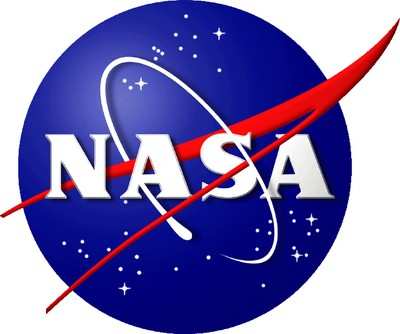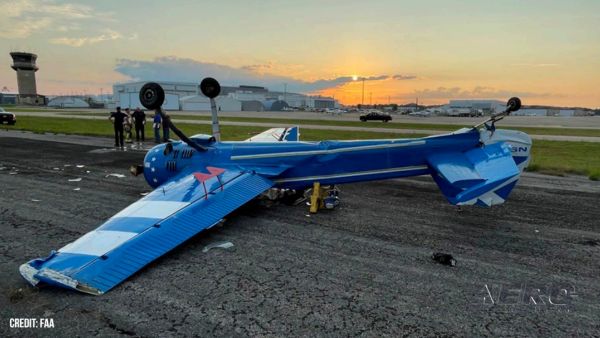Wed, Sep 19, 2012
Seeks New Technologies That Will Enable Future Missions
NASA is seeking proposals for its Small Business Innovation Research (SBIR) and Small Business Technology Transfer (STTR) programs that will create the new technologies needed to enable the agency's future missions.

The SBIR and STTR Programs are designed to provide small businesses and nonprofit research institutions with opportunities to compete for federal research and development awards and to stimulate the commercialization of the resulting technology. The programs address specific technology gaps in NASA missions, while striving to complement other agency research investments. Program results have benefited many NASA efforts, ranging from modern air traffic control systems, Earth-observing spacecraft and the International Space Station to Curiosity now roving the Red Planet.
"Space technology is the linchpin that joins together NASA's science, aeronautic and exploration goals, providing the essential new knowledge and capabilities that enables our present and future missions," said Michael Gazarik, director of NASA's Space Technology Program. "The annual solicitation for the SBIR and STTR programs embodies our desire to generate innovative ideas to address NASA's future mission needs by offering a broad collection of research and development needs and opportunities."
This year's call includes a new component to NASA's SBIR Program. NASA has added seven select topics in SBIR, representing unique space technology development challenges the agency believes are well suited to the innovation and problem-solving abilities of America's small businesses. By complementing its own efforts with these seven areas, NASA is hoping to improve on an already great program that benefits the agency and America's new technology economy.
The highly competitive SBIR and STTR programs are based on a three-phase award system. Phase 1 is a feasibility study to evaluate the scientific and technical merit of an idea. Firms successfully completing Phase 1 are eligible to submit Phase 2 proposals, expanding on the results of Phase 1. Phase 3 includes commercialization of the results of Phase 2, and requires the use of private sector or non-SBIR federal funding as innovations move from the laboratory to the marketplace.
The deadline for the two program solicitations is Nov. 29. Selections are expected to be announced in late February 2013. NASA's Ames Research Center in Moffett Field, CA, manages the SBIR and STTR programs for the agency's Space Technology Program. NASA's 10 field centers manage individual projects.
More News
From 2021: The Inside Skinny On What Being An ANN Oshkosh Stringer Is All About By ANN Senior Stringer Extraordinare, Gene Yarbrough The annual gathering at Oshkosh is a right of p>[...]
Pilot Asked The Mechanic To Go For A Test Flight Around The Airport Traffic Pattern With Him For A Touch-And-Go Landing, And Then A Full-Stop Landing On May 7, 2025, about 1600 eas>[...]
From 2010 (YouTube Edition): Skiles Reflects On His Ring-Side Seat To An Historic Event Jeff Skiles, First Officer of US Airways Flight 1549, "The Miracle on the Hudson," was the g>[...]
“The FAA conducted a comprehensive safety review of the SpaceX Starship Flight 8 mishap and determined that the company has satisfactorily addressed the causes of the mishap,>[...]
Fuel Remaining A phrase used by either pilots or controllers when relating to the fuel remaining on board until actual fuel exhaustion. When transmitting such information in respon>[...]
 Oshkosh Memories: An Aero-News Stringer Perspective
Oshkosh Memories: An Aero-News Stringer Perspective NTSB Prelim: Diamond Aircraft Ind Inc DA 40 NG
NTSB Prelim: Diamond Aircraft Ind Inc DA 40 NG Classic Aero-TV: US Airways Jeff Skiles-Making History and Looking To The Future
Classic Aero-TV: US Airways Jeff Skiles-Making History and Looking To The Future Aero-News: Quote of the Day (05.26.25)
Aero-News: Quote of the Day (05.26.25) ANN's Daily Aero-Term (05.26.25): Fuel Remaining
ANN's Daily Aero-Term (05.26.25): Fuel Remaining



